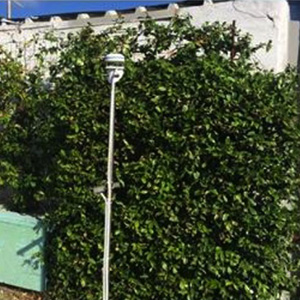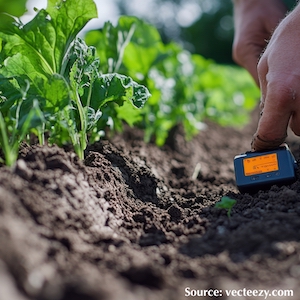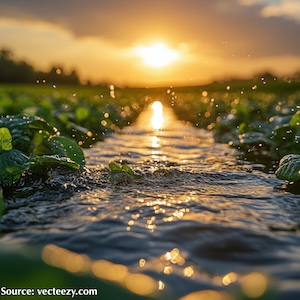A nature-based system for improving Mediterranean buildings’ performance: contribution to energy saving by heat transfer reduction and influence of climatic parameters

All claims expressed in this article are solely those of the authors and do not necessarily represent those of their affiliated organizations, or those of the publisher, the editors and the reviewers. Any product that may be evaluated in this article or claim that may be made by its manufacturer is not guaranteed or endorsed by the publisher.
Authors
Urban environments can be turned greener and more sustainable by letting in vegetation. Applying green facades on buildings’ vertical surfaces is a viable option that brings various advantages. This study focuses on the energy benefit provided by an evergreen green facade in Mediterranean climate conditions. The results came from a long experimental campaign, heat fluxes evaluation, and statistical analyses. The thermal behaviour of the experimental green facade was analysed all year round, highlighting differences between warm and cold periods and the time of the day. The main advantage was assessed in terms of energy saving, defined as heat flux reduction through the wall covered with vegetation compared to an unvegetated wall. The study pointed out that energy saving was achieved throughout the year, but at different times of the day based on the season. A daytime energy saving was obtained in warm periods due to the shading effect and the plants’ evapotranspiration. A night-time benefit was reached in cold periods mainly thanks to the green layer’s thermal and wind barrier action. The results showed daily mean energy saving values equal to 11.47 W m-2 for a warm period and 3.23 W m-2 for a cold period. The statistical analysis highlighted that the energy saving was positively influenced by external air temperature, especially in the daytime. Overall, higher energy saving was provided by the green facade when higher external air temperature values were recorded. This research contributes to filling existing literature gaps on the yearly behaviour of green facades and on the energy benefits these provide.
How to Cite

This work is licensed under a Creative Commons Attribution-NonCommercial 4.0 International License.









